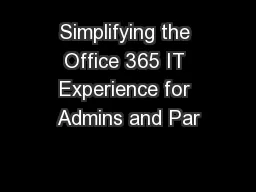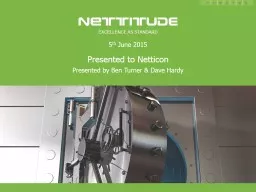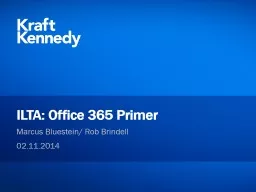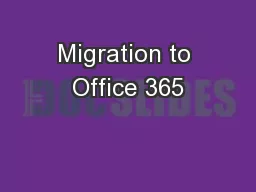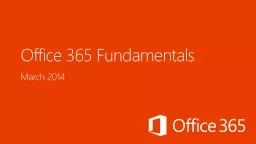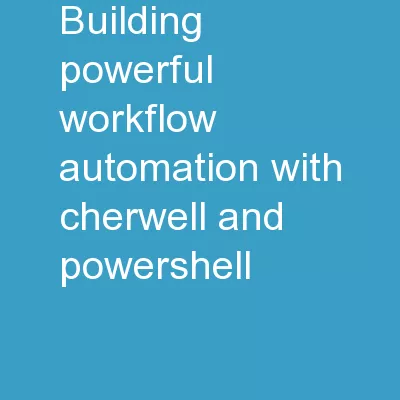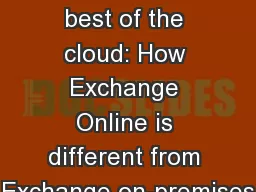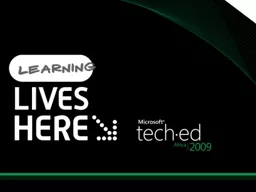PPT-Black Belt Exchange and Office 365 PowerShell
Author : conchita-marotz | Published Date : 2016-09-03
Steve Goodman Senior Consultant Ciber OFCB220 Welcome Steve Goodman Exchange Server MVP Senior Consultant as Ciber in the UK Writer for MSExchangeorg and SearchExchangecom
Presentation Embed Code
Download Presentation
Download Presentation The PPT/PDF document "Black Belt Exchange and Office 365 Power..." is the property of its rightful owner. Permission is granted to download and print the materials on this website for personal, non-commercial use only, and to display it on your personal computer provided you do not modify the materials and that you retain all copyright notices contained in the materials. By downloading content from our website, you accept the terms of this agreement.
Black Belt Exchange and Office 365 PowerShell: Transcript
Download Rules Of Document
"Black Belt Exchange and Office 365 PowerShell"The content belongs to its owner. You may download and print it for personal use, without modification, and keep all copyright notices. By downloading, you agree to these terms.
Related Documents



